Human elements
10,000 Birds
MAY 4, 2022
There is an association of wildlife photographers down here, much maligned among my Mexican birder friends for a variety of reasons, which has proposed a rule that governs which photos they will accept: No wildlife photography should contain any human elements. This species, however, sticks around to breed.

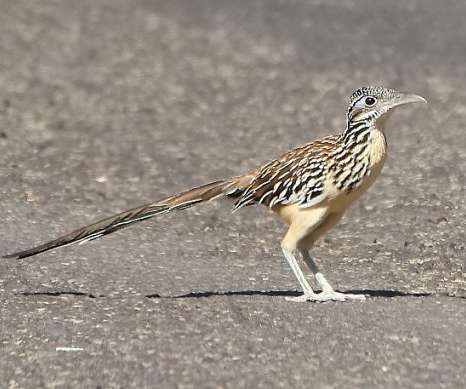


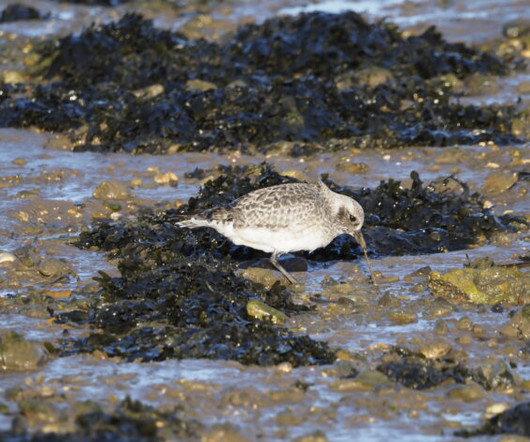

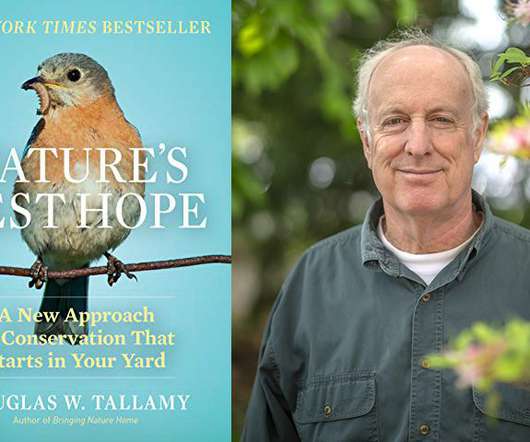
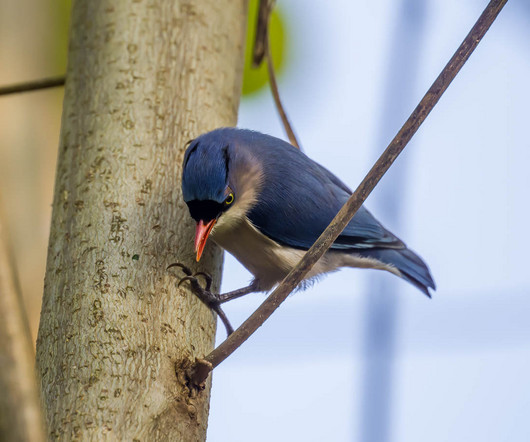




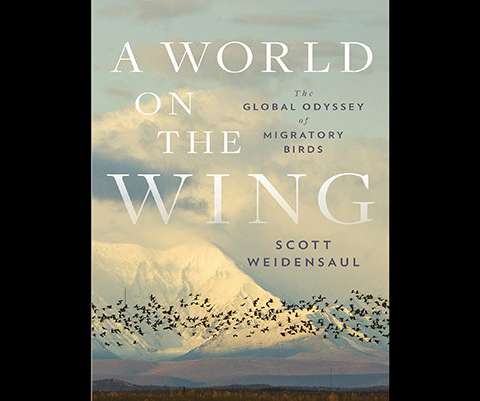








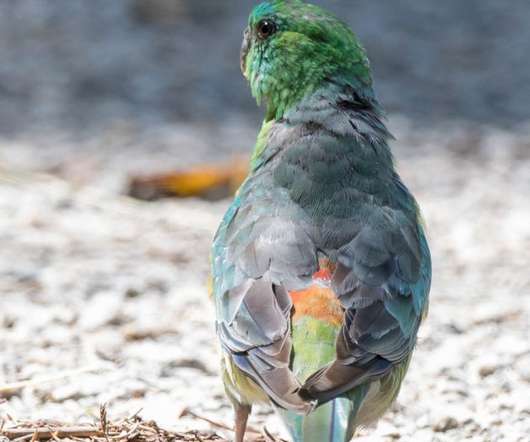
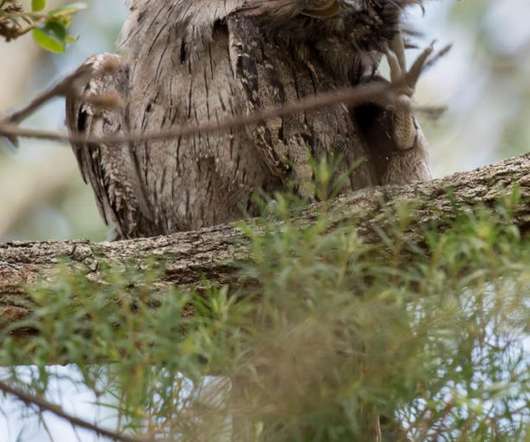
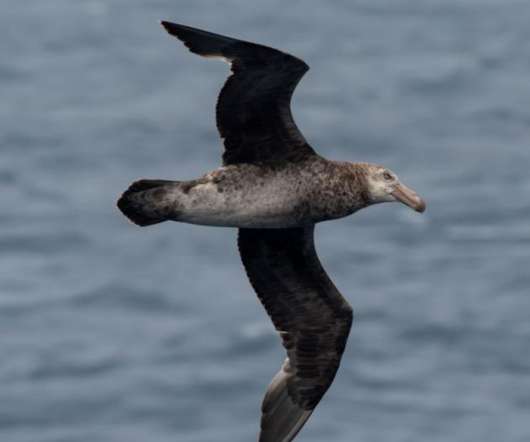



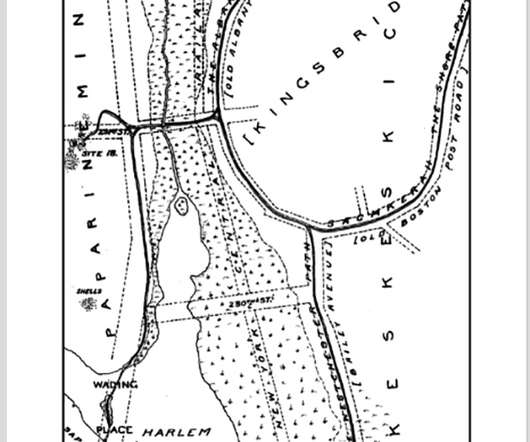

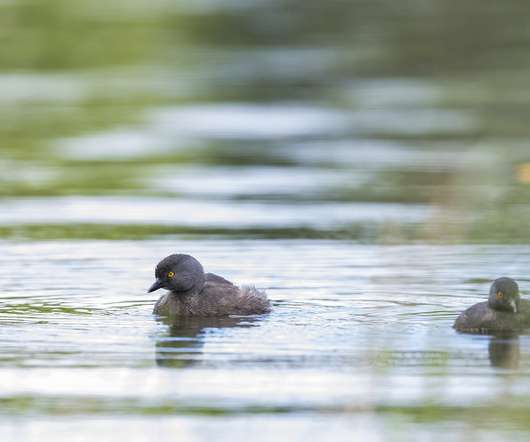














Let's personalize your content